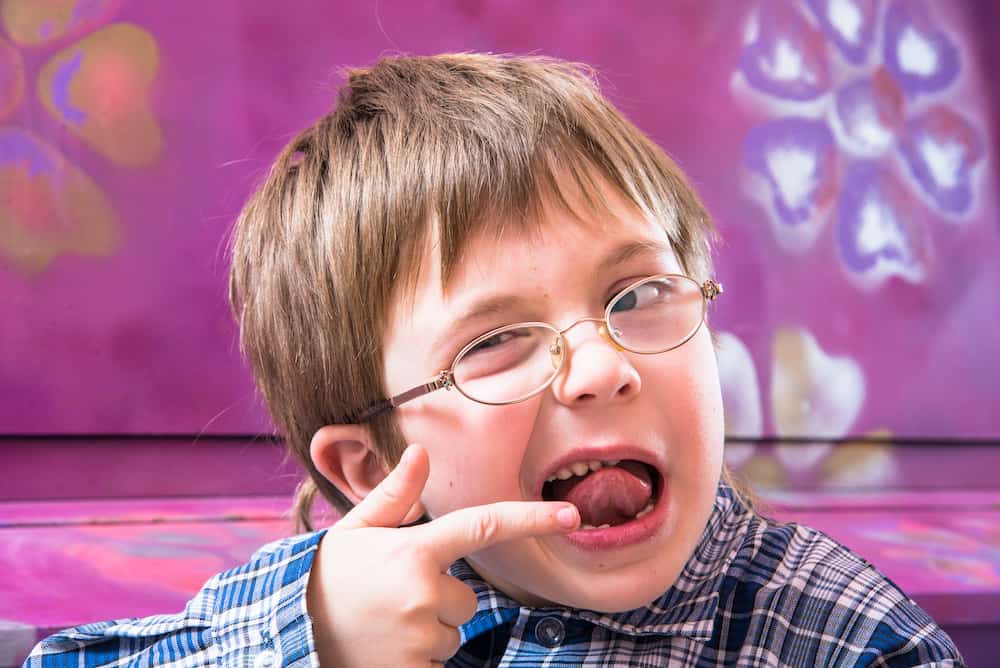Most parents know they should take their child to the orthodontist to see if they could benefit from getting braces or Invisalign. But what not many parents realize is the first time their child should go to the orthodontist’s office is around age seven, instead of when they’re a preteen. The reason for this is to see if they could benefit from two-phase orthodontics.
What Is Two-Phase Orthodontic Treatment?
Two-phase orthodontic treatment is for kids who can benefit from both early intervention and later treatment. The purpose is to catch problems with facial structure and growth early on to avoid more serious problems in the future. Because of this, two-phase orthodontic treatment typically consists of a first phase around the age of seven followed by a second phase when they are a teenager or preteen.
Why Age Seven?
The reason it’s good to take your child to the orthodontist around the age of seven is because your child’s facial structure is still developing. Many issues are easier to correct when the bones are still growing than when they are mature. What might require surgery or more extensive treatment as a teen or adult may be fixable with less pain, time, and cost as a child.
Seven is also a good age to start monitoring how the baby teeth are falling out and adult teeth are starting to erupt.
Benefits of Two-Phase Orthodontic Treatment
Kids benefit from two-phase orthodontic treatments in a variety of ways. By taking care of problems like severe malocclusions, improper jaw shapes, and bite issues, we can help your child avoid oral health problems down the road. Early phase orthodontic treatment can lead to better breathing, eliminate jaw pain, and even help with some speech problems. Early orthodontics also can more properly guide how baby teeth fall out and the eruption of adult teeth. This helps avoid problems related to an improper jaw shape, such as impacted teeth.
Types of Two-Phase Treatments
The first phase of two-phase orthodontic treatment comes in a variety of forms. One of the most common early phase treatments is the use of a palatal expander. This small metal appliance is installed on the roof of the mouth. Over time, it expands the upper jaw, making room for the adult teeth and reducing instances of severe crowding. Other kinds of early phase treatments involve headgear, partial braces, and Invisalign First.
After your child is older and the majority of their adult teeth have arrived, the second phase of treatment would begin. This phase is what people generally think of when they hear the words “orthodontic treatment.” It generally includes braces or Invisalign Teen.
Signs Your Child Could Benefit from Early Orthodontics
While not every child will need two-phase treatment, it’s important to have your child examined to see if they could benefit from early orthodontics. Some signs to look out for include breathing problems, speech impediments, and crowded or crooked teeth.
Contact Smith Orthodontics today to learn more about early orthodontics and schedule your free consultation to see if your child could benefit from two-phase orthodontic treatment.
